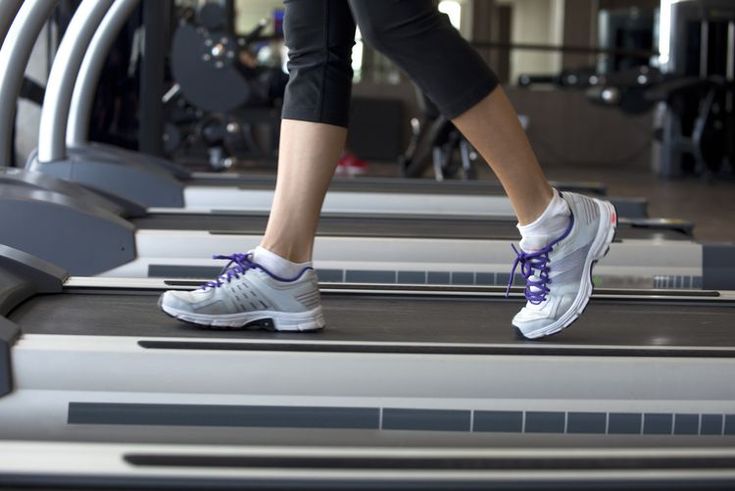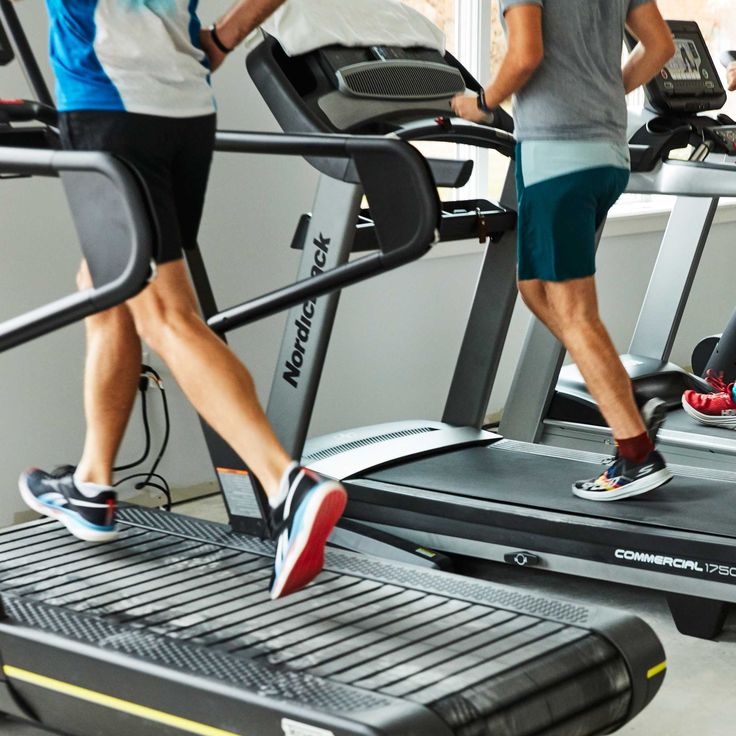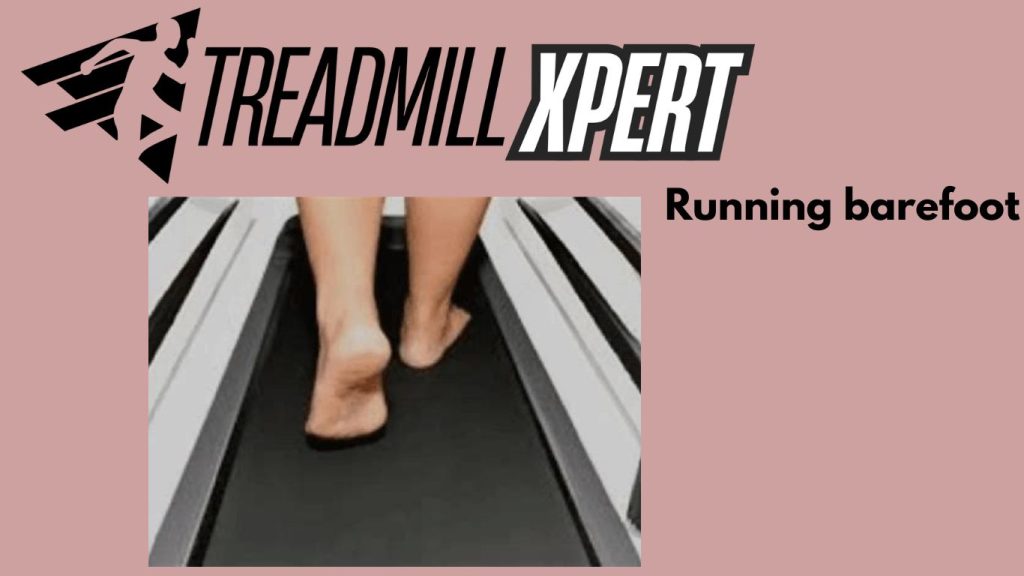Running barefoot on the treadmill is easy?
Running barefoot on a treadmill can be done. Still, some essential factors are to consider, like transitioning gradually, Checking the treadmill surface, Being aware of heat, Proper form, Starting slow, Cleanliness, and alternatives. Transition gradually when you start the workout or running on the treadmill. If you’re not used to barefoot running, start slowly to allow your feet to adapt.
Check the treadmill surface: Before running on it, ensure it’s smooth and debris-free to avoid injury.
Be aware of heat: You should check from time to time. Treadmill belts can get hot from friction, which may cause discomfort or burns.
Proper form: When you stand on the treadmills, you should Focus on landing mid-foot or forefoot rather than heel-striking.
Start slow: Bare footwork is complex. You should begin walking or begin walking to get accustomed to the feeling.
Cleanliness: Consider the hygiene aspect of running barefoot on a shared machine, so cleanliness is essential.
Alternatives: You might want to try minimalist or “five-finger” shoes as a middle ground when running on the treadmill.
Is it safe to run barefoot on the Treadmill?
Running barefoot on a treadmill can be safe, but it does carry some risks. There are pros and cons to this.
What are the Pros of running barefoot on a treadmill?
Pros:
Some pros include improving foot strength and natural running form, and enhancing preconception (awareness of foot position).
What are the cons of running barefoot on a treadmill?
Some cons include risks from belt friction, Potential potentials or abrasions from debris, and Lack of protection from impact.

What are the safety considerations for Running barefoot on a treadmill?
Safety considerations are Treadmill condition, Belt temperature, Gradual adaptation, and Hygiene.
Treadmill condition: Before walking on the treadmill, you should ensure it’s well-maintained and debris-free
Belt temperature: Cites are hazardous, so you should check for excessive heat.
Gradual adaptation: Start with short sessions at low speeds
Hygiene: Before running it clean, consider potential exposure to bacteria on shared equipment.
while it can be done safely, many experts recommend using minimalist shoes on treadmills as a safer alternative that still provides some benefits of barefoot running.
How safely to barefoot-style running?
Transitioning to barefoot-style running safely involves a gradual approach: Start slowly, increase gradually, focus on form, strengthen your feet, choose appropriate surfaces, listen to your body, consider minimalist shoes, be patient, and Maintain awareness.
Start slowly: when you start working, Begin with short walks, then progress to jogging.
Increase gradually: After some time, Add 5-10% distance each week.
Focus on form:
Focus on form, like Landing mid-foot or forefoot, Taking shorter, quicker steps, and Keeping your posture upright.
Strengthen your feet:
It’s beneficial for foot exercises, such as toe spread raises and Walking barefoot around the house.
Choose appropriate surfaces:
Your treadmill on the safe place Start on softer surfaces like grass or sand and Gradually introduce more complex surfaces.
Listen to your body:
if you feel pain, stop and Allow proper recovery between runs.
Consider minimalist shoes:
It would help if you used it as an intermediate step while allowing natural foot movement and Providing some protection.
Be patient:
A complete transition can take months, so take only a little bit of time.
Maintain awareness:
Watch for obstacles or sharp objects, and Be cautious of extreme temperatures.
Are there steps or specific foot exercises to help with the Transition?
Indeed, I’d be happy to provide more information about specific foot exercises that can help with transitioning to barefoot-style running. These exercises can strengthen your feet and improve flexibility, such as Toe Spreads, Toe curls, Heel Raises, Marble Pickup, Ankle Circles, Single-Leg Balance, Arch Lifts, and Walking on Different Surfaces.
-
Toe Spreads
-
Sit flat on the floor and lift your toes, spreading them wide.
-
Hold for 5 seconds, then release.
-
Repeat 10–15 times per foot.
-
-
Toe Curls
-
Place a towel on the floor and use your toes to scrunch it toward you.
-
Do 2–3 sets of 10–15 curls per foot.
-
-
Heel Raises
-
Stand barefoot and slowly rise onto your toes.
-
Hold for 5 seconds, then lower.
-
Perform 2–3 sets of 15–20 repetitions.
-
-
Marble Pickup
-
Use your toes to pick up marbles and place them into a bowl.
-
Aim for 20 marbles per foot.
-
-
Ankle Circles
-
Sit with your legs extended and rotate your ankles in circles.
-
Do 10–15 circles in each direction per ankle.
-
-
Single-Leg Balance
-
Stand on one foot and hold for 30 seconds.
-
Repeat on the other foot.
-
Progress by performing with eyes closed if comfortable.
-
-
Arch Lifts
-
Stand with your feet flat and try to lift your arches without curling your toes.
-
Hold for 5 seconds, then release.
-
Repeat 10–15 times per foot.
-
-
Walking on Different Surfaces
-
Walk barefoot on various surfaces like grass, sand, or smooth concrete.
-
This helps toughen the skin and improve foot perception and balance.

-
How can you incorporate these exercises into your routine effectively?
These exercises effectively become part of your routine due to their Frequency, Timing, Progression, Routine Structure, Integration with daily activities, stretching, listening to your body, Comp, and activities.
Running barefoot on a treadmill can have potential benefits, but it’s important to approach this practice carefully. Here are a few advantages: Improved foot strength, enhanced preconception, Natural running form, Reduced impact, Better balance, and the Potential for fewer injuries.
- Running barefoot can help strengthen your feet’ muscles, tendons, and ligaments, so it is exercise.
- Without shoes, you may develop a better sense of your foot position and movement and quickly move the body and foot.
- Barefoot running often encourages a more natural foot strike, typically landing on the forefoot or mid foot rather than the Heel, making it easy for adequate exercise.
- Proper barefoot running technique can lead to shorter strides and a higher cadence, potentially reducing impact forces and making it a more accessible and better exercise.
- Running barefoot may improve your overall balance and stability, and you can stabilize your body running barefoot.
